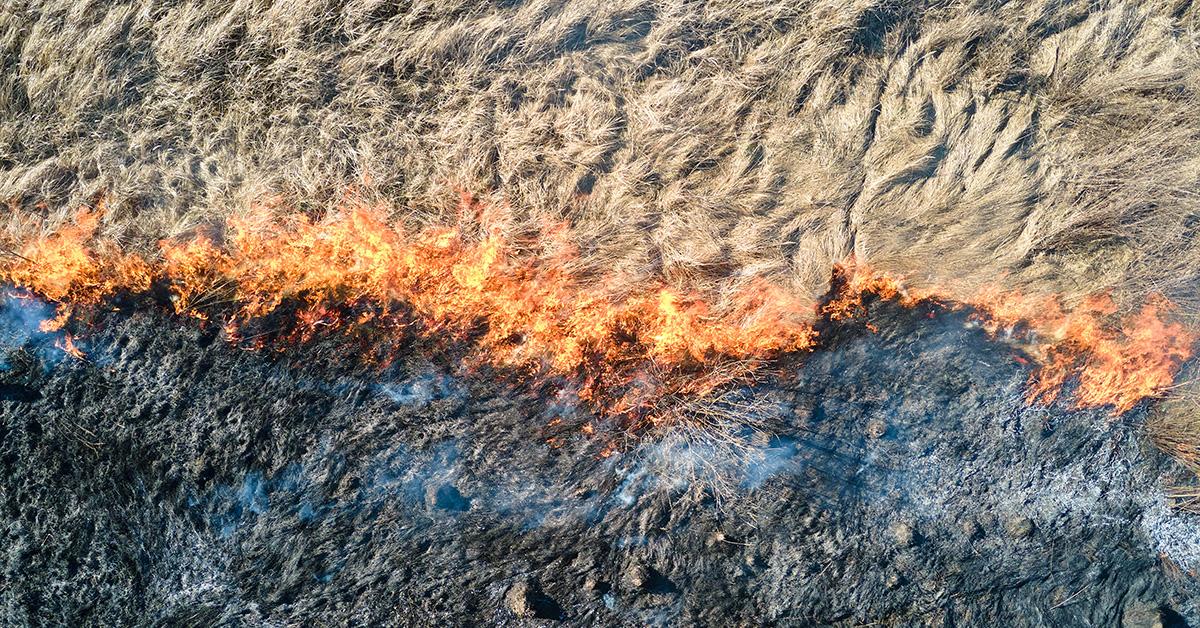A Red Flag Warning Has Been Issued for the Northeast but What Does That Mean?
Published April 11 2023, 12:40 p.m. ET

New York City, as well as all of Connecticut and Massachusetts, are expecting to get an early glimpse of summer weather in this second week of April.
Following news that a huge swath of the northeast is under a red flag warning, many naturally wondered what exactly a red flag warning means, and what actions those living in affected areas should take.
What does a red flag warning mean in weather?
According to the National Weather Service, a red flag warning means "warm temperatures, very low humidities, and stronger winds are expected to combine to produce an increased risk of fire danger."
The warning also means that there are certain behaviors you shouldn't engage in during this period. If you're allowed to burn things outside, all burn barrels must be covered with holes no greater than three-quarters of an inch.

You should also refrain from throwing cigarette butts out of car windows, as they might catch on dry grass and start a fire. Additionally, you should never leave a fire unattended, as they can catch quickly, and you should always be sure to thoroughly douse and extinguish your fires with water after they've been lit. Make sure that everything is cold to the touch before leaving your campsite.
Temperatures in the mid 80s are expected throughout the northeast.
Although it's only April, New York City and parts of the northeast are expecting unseasonably hot temperatures. Those temperatures, combined with a lack of rain, have created the conditions necessary for this red flag warning. Thankfully, the low humidity means that the temperatures will not feel as hot as they do in the peak of summer. Of course, that low humidity also contributes to increased fire risk.
These kinds of red flag warnings may become more common across the country as we begin to feel the effects of a warming planet. Although this warmer weather has not been explicitly connected to climate change, its effects are surely being felt across the country and the world, in spite of the efforts to mitigate the worst outcomes that many countries are currently undergoing.
These red flag warnings may be somewhat uncommon in the northeast, but the west coast is already familiar with the ravages of forest fires, and have an entire season where acres and acres of forest are burned every year. It's a horrific ritual during which it becomes difficult to go outside because of the air quality, and even major urban centers begin to feel the effects of these forest fires.
So, while these kinds of red flag warnings may seem anomalous or like a small deal, they should be taken seriously. Once forest fires start, it can be almost impossible to contain them, and that can lead to destruction of both trees and eventually of property.
Fire risk is no small thing, as those on the west coast already know well. Failing to heed red flag warnings is something you very much do at your own risk.